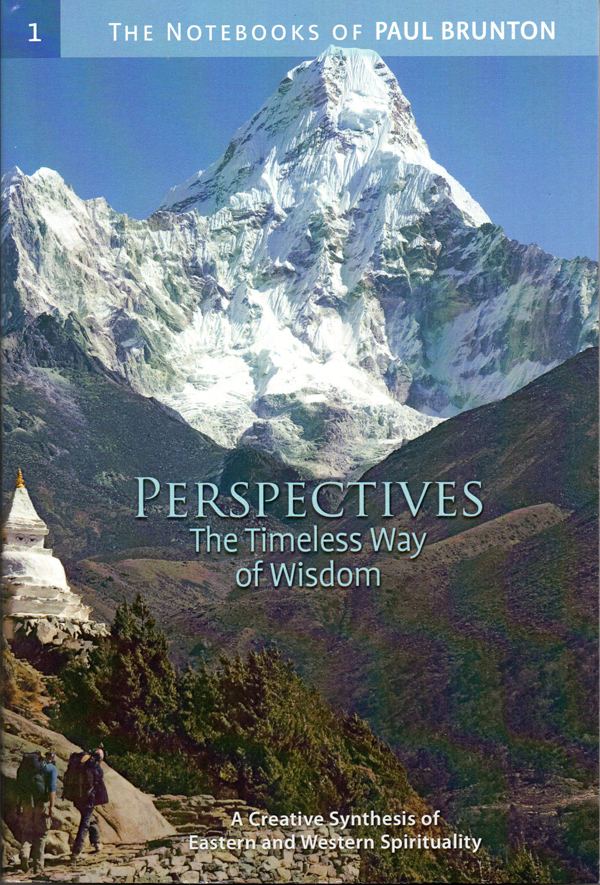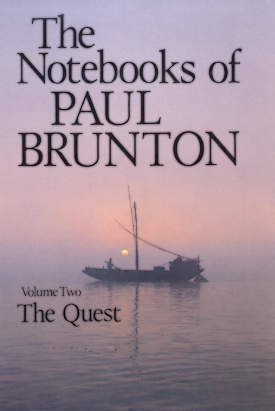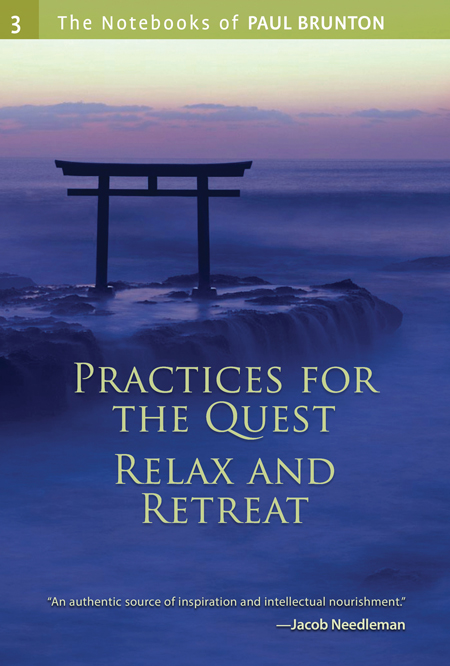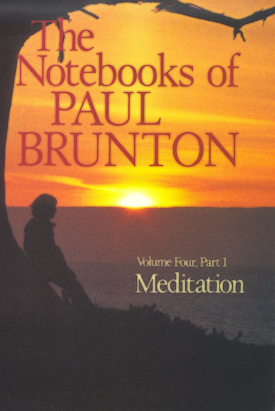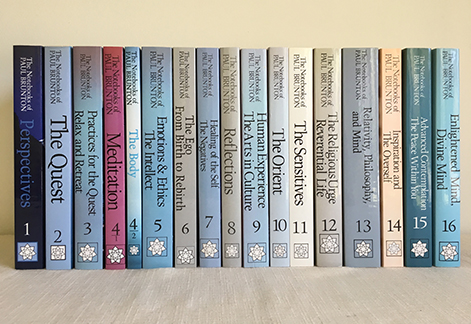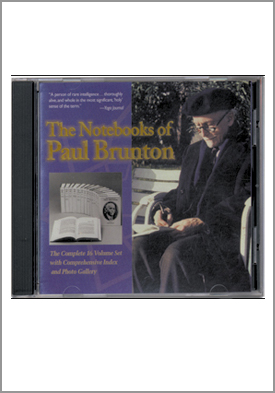Enlightened Mind, Divine Mind: The Notebooks of Paul Brunton volume 16
by Paul Brunton
The Sage, The Infinite World-Mind, and the Absolute
0-943914-46-9
978-0-943914-46-6
$19.95, 480 pp., 5.75 x 8.5
eBook also available from major online retailers (Amazon, Barnes & Noble)
Read reviews for: Enlightened Mind, Divine Mind
Part 1, World-Mind in Individual Mind: While all the parts of this volume are short, their profundity more than makes up for their brevity. Here we find PB describing the Sage, and the Sage’s relationship with the World Mind, or God. He makes it clear that while there is an interchange, there is never a complete merger or dissolution of the individual—and he explains why. He goes on to describe the degrees of enlightenment, culminating in the realization called sahaja, which generates the capacity in the sage to be simultaneously present in the Absolute and in appearance. After describing the qualities—and imperfections—of the sage, PB concludes this topic with guidance on how to seek the sage, how to recognize a sage, how to interact with the sage, and how to participate in a relationship with a sage, should one become blessed by such an extraordinary opportunity.
Part 2, World-Idea: Several themes addressed earlier are re-visited here, now literally illuminated by the vision of the sage. PB speaks of the Divine order of the Universe, the ‘why’ of creation—and the ‘why (or why-not)’ of the suffering and struggles of the world. PB deepens our understanding of change, introducing the different modalities of polarity, complementarity, and duality. In contrast to this world of change stands the Idea of human perfection, an ever-evolving ever deepening essence that can unite the individual with the World-Mind, but cannot dissolve the one into the other. An understanding of the Idea of Humankind as it is eternally evolving within the World-Mind is fundamental to understanding the true goal of spiritual life, and that in turn will guide our footsteps towards those practices and teachings most aligned with the True, the Mysterious, and the Real.
Part 3, World-Mind: In three brief chapters PB writes down what little can be put into words regarding this august, Sacred Creative Mind. He lifts his own gaze upwards from the World-Idea and the perfection of humankind to the eternally dynamic progenitor, co-nascent with the World-Idea and cooperative with the Sage. PB then considers the various religious and natural views of God, and how they reveal or conceal aspects of the Infinitely Sacred. He does what he can to articulate the attributes, characteristics and powers of the World-Mind, while explaining the ontological necessity that It remain essentially unknown to humankind. The closing chapter differentiates World-Mind from Mind Absolute—the final topic of this final volume in PB’s magnum opus.
Part 4, The Alone: Here at last is PB’s wisdom regarding the Absolute Itself. Even in life PB was reluctant to voice much about the World-Mind or Mind, not out of cleverness or intellectual incapacity, but out of sheer, intimate reverence. Where many others boldly go, guided only by their speculation, PB humbly approaches, illumined by the impersonal consciousness within. The first of the two chapters in this part addresses the various ways in which the Real can be described: as Mind, as Alone, as Absolute, as Void, as Consciousness. The second chapter contains PB’s reflections on our inability—and our ability—to comprehend and describe Reality, how it can be symbolized, and, amazingly, how our own Overself contemplates It. Then this section concludes with PB’s meditations on Mind-in-Itself, and the Silence which must follow.


